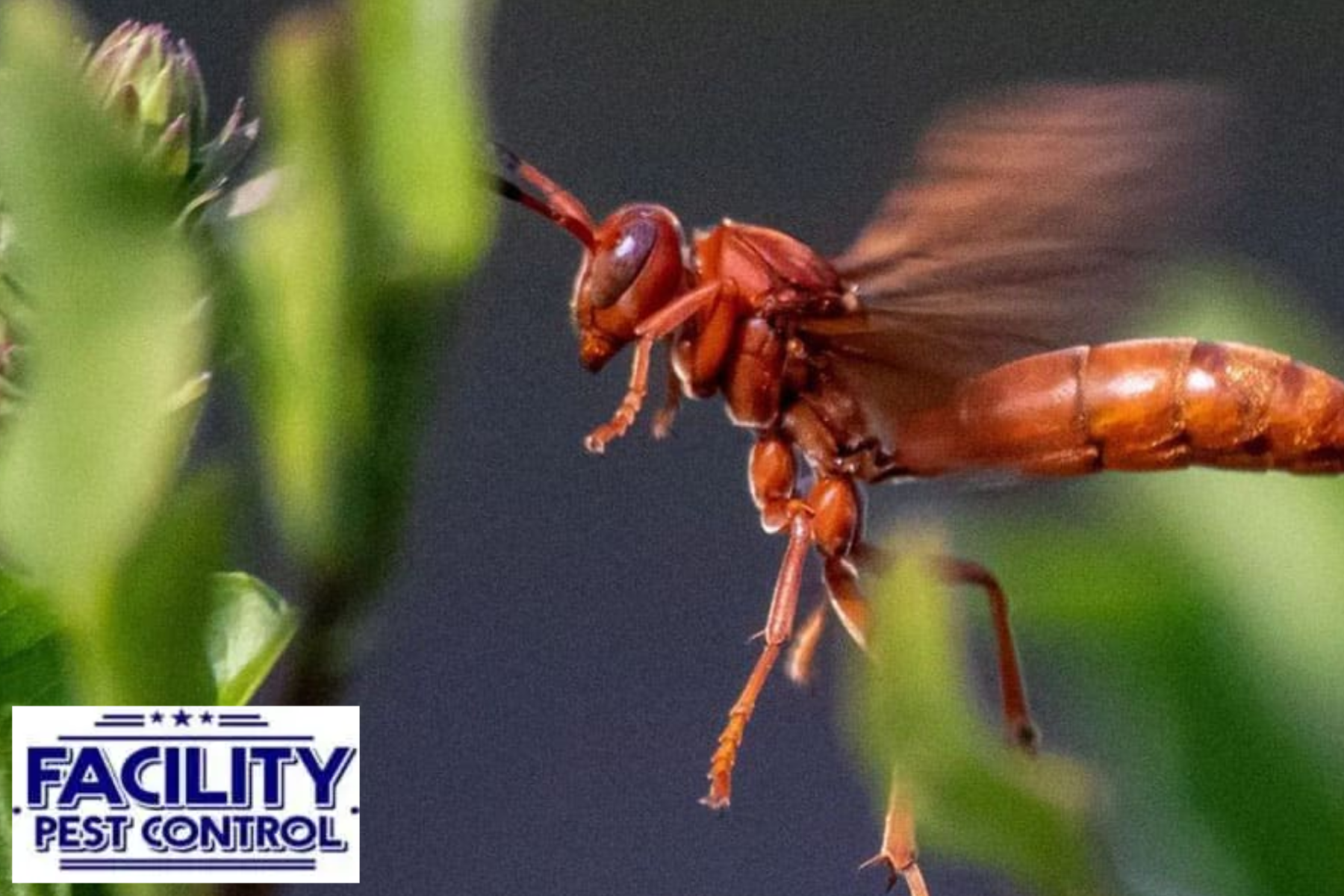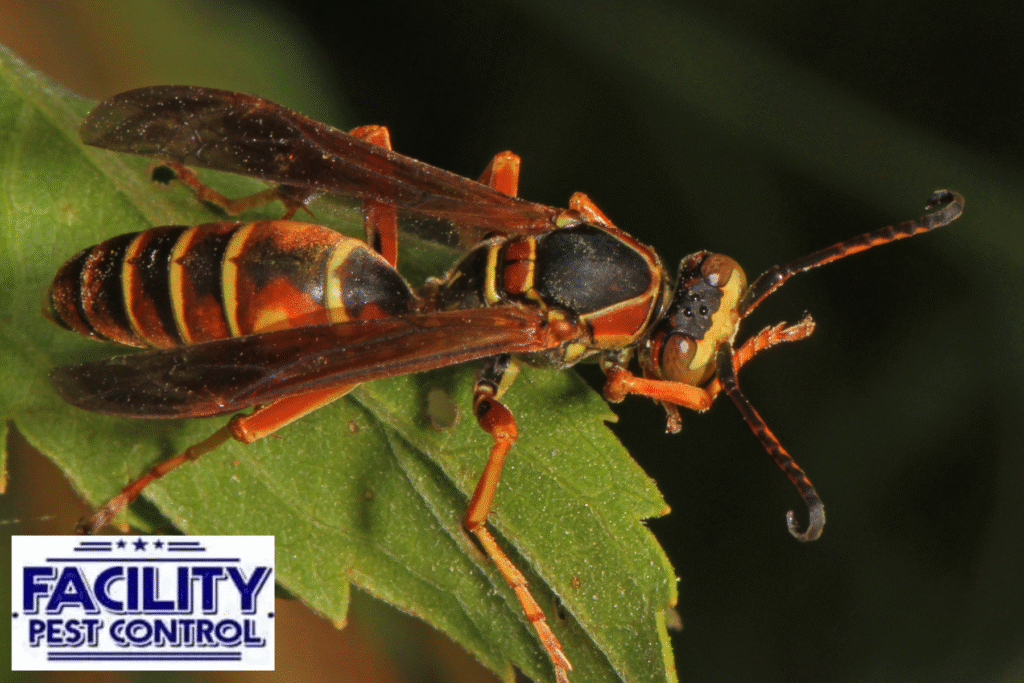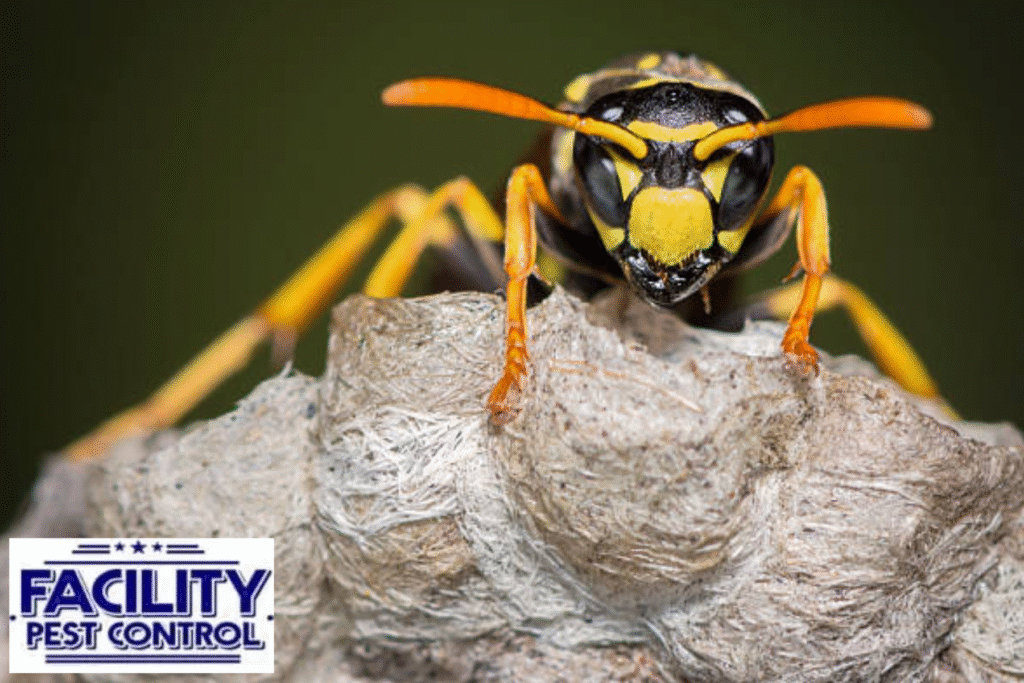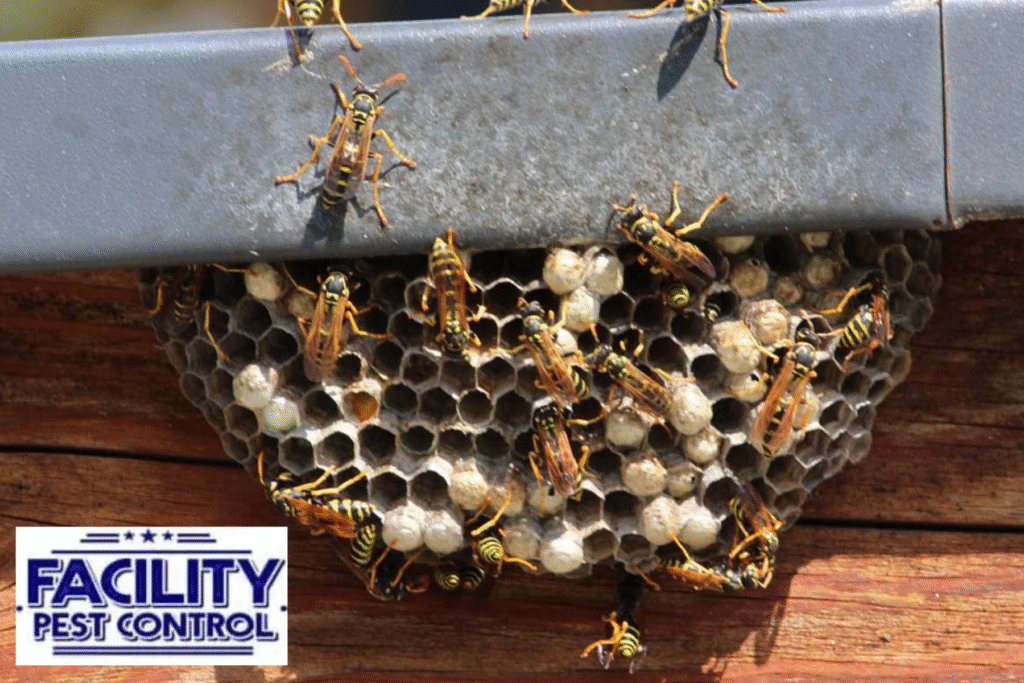Wasps are common summer pests that can cause a significant amount of stress for homeowners and businesses. With their painful stings and aggressive behavior, a wasp infestation can quickly turn from a minor nuisance to a major problem. Knowing how to handle a wasp infestation safely is essential for protecting yourself, your family, and your property. This blog post will guide you through prevention tips and professional solutions for dealing with a wasp infestation effectively.
What Are Wasps and Why Do They Become a Problem?
Wasps are insects closely related to bees, but unlike bees, they are often more aggressive and less focused on pollination. They are attracted to food sources like sugary drinks, fruit, and meats, and they tend to build their nests in sheltered areas around homes and businesses. Wasps can be particularly dangerous because they will sting multiple times, and their venom can trigger allergic reactions in some people.
During the warmer months, wasps become more active, and their colonies grow rapidly. If you discover a nest near your home or business, it’s crucial to act quickly to avoid a potential infestation.
Signs of a Wasp Infestation
Wasps are not typically aggressive unless they feel threatened, but their presence can become a serious issue if left unchecked. Here are some common signs of a wasp infestation:
1. Visible Nests Around Your Property
The most obvious sign of a wasp infestation is the presence of their nests. Wasps usually build their nests in areas that are sheltered, such as under roof eaves, inside wall cavities, in attics, or behind shutters. The nests are often grayish or brown and are made from paper-like material that the wasps create by chewing wood fibers.
2. Increased Wasp Activity
If you notice more wasps around your home or business, especially near food sources or your garden, it could indicate that a nest is nearby. Wasps tend to fly back and forth to their nests in search of food, so seeing them frequently is a key sign of an infestation.
3. Wasp Stings or Bites
If you or a family member have been stung by a wasp, it may be a sign that there is a nest on your property. Wasps are territorial and will sting if they feel their nest is under threat. In some cases, multiple stings can lead to more severe allergic reactions, so immediate action should be taken to remove the nest.
4. Hearing Buzzing Noises
If you are near an active wasp nest, you may hear a distinct buzzing sound. This noise comes from the wasps moving in and out of the nest. If you hear this noise in or around your home, it’s important to investigate further to ensure you don’t have a hidden nest.
How to Safely Handle a Wasp Infestation
If you discover a wasp infestation, it’s important to approach the situation with caution. Attempting to remove a nest yourself can be dangerous, especially if you have an allergy to wasp stings. Here are some important steps to safely handle a wasp infestation:
1. Avoid Disturbing the Nest
The first rule when dealing with a wasp infestation is to avoid disturbing the nest. Wasps are highly protective of their colonies, and disturbing them can cause the wasps to become aggressive. If you see a nest on your property, it’s important not to poke or hit it. Instead, maintain a safe distance and call a professional pest control service to handle the situation.
2. Wear Protective Clothing
If you must approach the nest to inspect it, make sure you are wearing protective clothing. A thick jacket, gloves, and a face mask or netting will help protect you from stings. Avoid wearing brightly colored clothing or floral patterns, as this can attract wasps.
3. Use Wasp Traps and Repellents
There are several DIY methods you can use to manage a minor wasp issue, including wasp traps and repellents. Wasp traps are designed to attract and capture wasps, reducing their numbers. You can also use essential oils like peppermint, eucalyptus, or citronella, which are natural wasp repellents.
While these methods can help reduce the population, they are not always sufficient for dealing with a full infestation. In most cases, professional intervention is needed for safe and effective removal.
4. Call a Professional Wasp Exterminator
The safest and most effective way to handle a wasp infestation is by calling a wasp exterminator. Pest control professionals are trained to handle dangerous infestations and have the proper equipment to remove wasp nests safely. If you search for wasp control near me, you’ll find experts who can assess the situation and implement a tailored plan to eliminate the wasps from your property.
A professional exterminator will use specialized tools to treat the nest from a safe distance, ensuring that no one gets stung in the process. They will also offer advice on preventing future infestations by sealing entry points and removing any attractants from your property.
Prevention Tips: How to Keep Wasps Away
Once you’ve dealt with the immediate threat of a wasp infestation, it’s important to take steps to prevent future problems. Here are some tips on how to keep wasps away from your home or business:
1. Seal Entry Points
Wasps can enter your home or business through small cracks and gaps. Seal any cracks in walls, windows, doors, or vents to prevent them from finding their way inside. Pay special attention to areas where pipes or wires enter your building, as these are common entry points.
2. Keep Food Sources Covered
Wasps are attracted to sugary foods and drinks. To reduce their attraction to your property, cover food sources and keep trash cans tightly sealed. Clean up any spills, especially sweet substances like fruit juice, soda, or honey, to avoid attracting wasps to your yard.
3. Remove Existing Nests
If you spot a wasp nest early, removing it before it becomes large can help prevent further infestations. However, as previously mentioned, it’s important to leave nest removal to the professionals for your safety.
4. Maintain a Clean Yard
Keep your yard free from food debris, fallen fruit, or other organic material that might attract wasps. Regularly clean your outdoor spaces and remove any potential nesting sites, such as discarded wood, old furniture, or other debris.
5. Use Wasp-Repelling Plants
Certain plants, such as eucalyptus, citronella, and wormwood, naturally repel wasps. Planting these around your home or garden can help keep wasps away from your property.
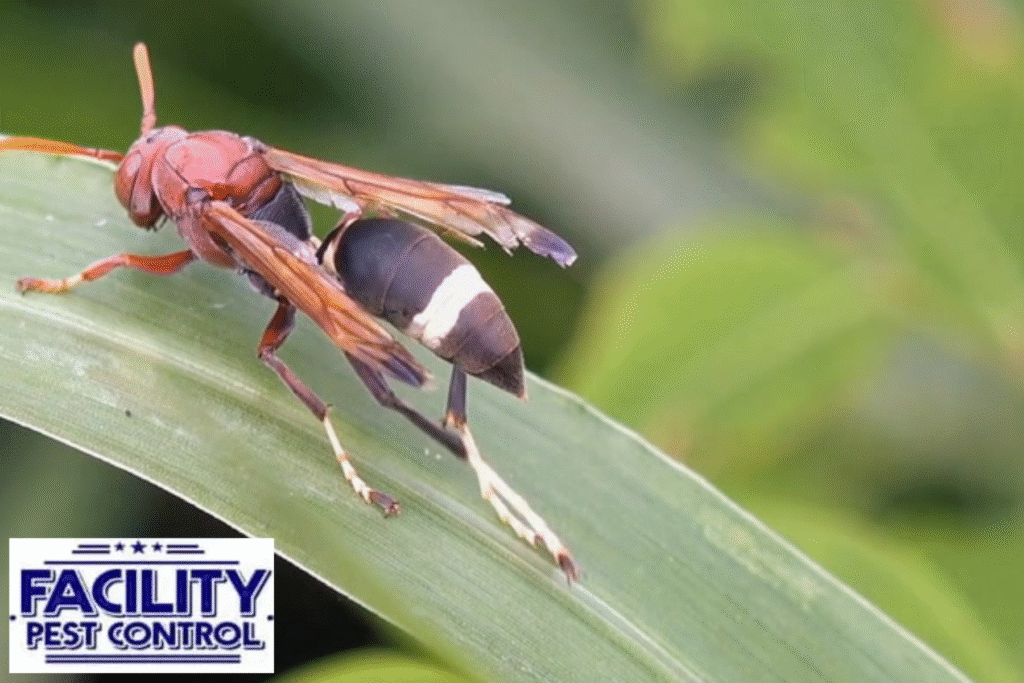
Professional Solutions for Wasp Control
When it comes to eliminating a wasp infestation, nothing beats professional pest control. Pest control Simi Valley experts have the training and tools necessary to eliminate wasp nests effectively and safely. Whether you need help removing a nest or want to ensure your property remains wasp-free, a professional pest control company can provide the solutions you need.
About Facility Pest Control
At Facility Pest Control, we understand the challenges that come with dealing with wasp infestations. As a local, family-owned business, we offer a range of pest control Simi valley CA services to help protect your home or business. Our team specializes in safely handling wasp infestations and provides customized treatments to ensure long-lasting results. With our commitment to providing specialized attention that big companies can’t offer, we’re dedicated to keeping your property pest-free year-round.

